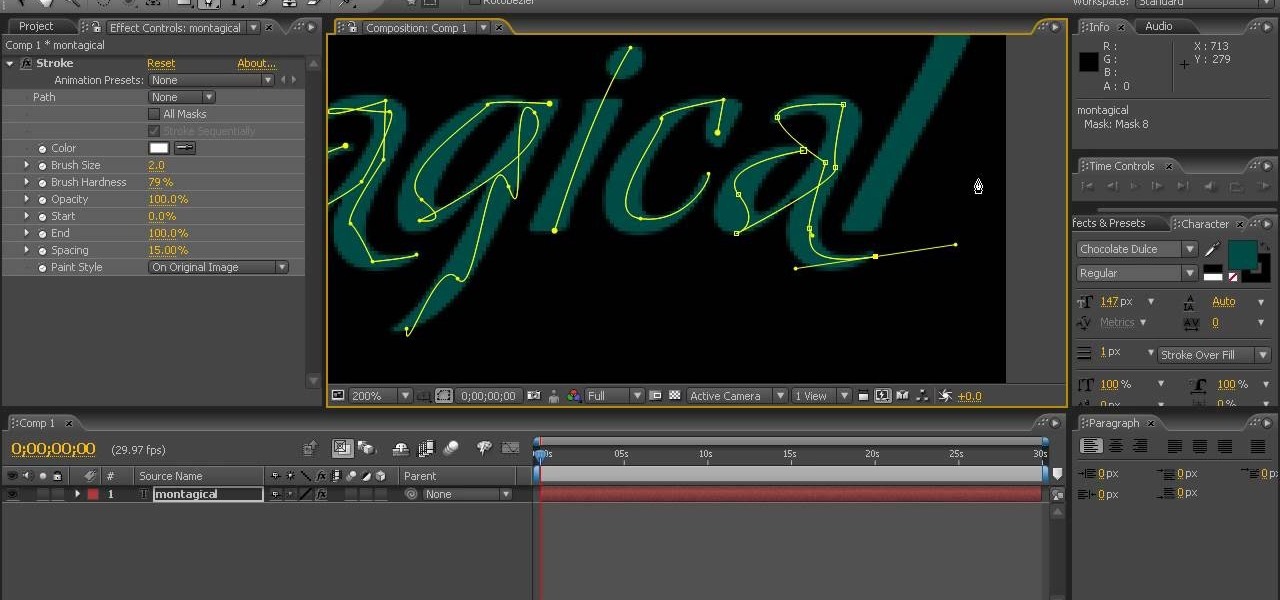Everything Else


How To: Use layer blending modes in After Effects
This After Effects tutorial by Aharon Rabinowitz shows you how to use layer blending modes and offers some really good work flow hot key tips for the blending modes. This is a great video for beginners or users that need a refresher. Use layer blending modes in After Effects.

How To: Animate a TV turning on and off in After Effects
In this video tutorial, Aharon Rabinowitz revisits one of his first After Effects tutorials (the Old TV Look) and shows you how to animate a TV turning on and off. Animate a TV turning on and off in After Effects.

How To: Recover corrupt After Effects files & import projects
In this tutorial, Aharon Rabinowitz shares tips on the many uses of importing After Effects Projects, and how you can recover corrupt AE files. Recover corrupt After Effects files & import projects.
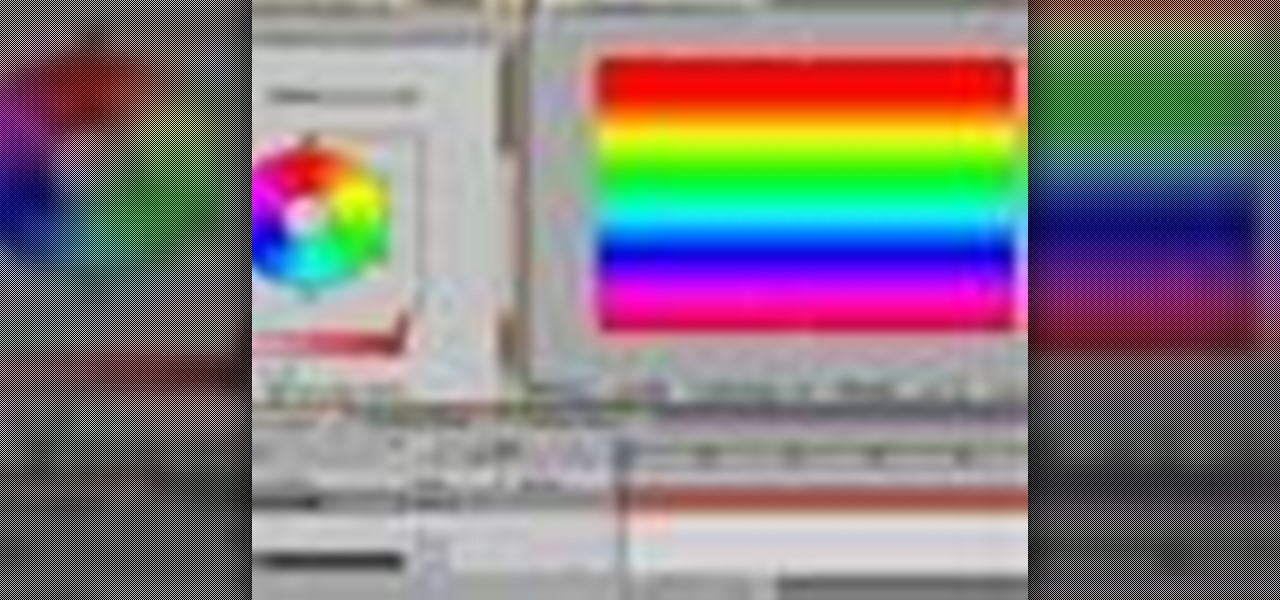
How To: Create multi-color gradient ramps in After Effects
In this tutorial, Creative Cow Leader Aharon Rabinowitz shows you how to create simple and complex multicolored gradient ramps in After Effects. No need to open Photoshop just to do your ramps ever again! Create multi-color gradient ramps in After Effects.
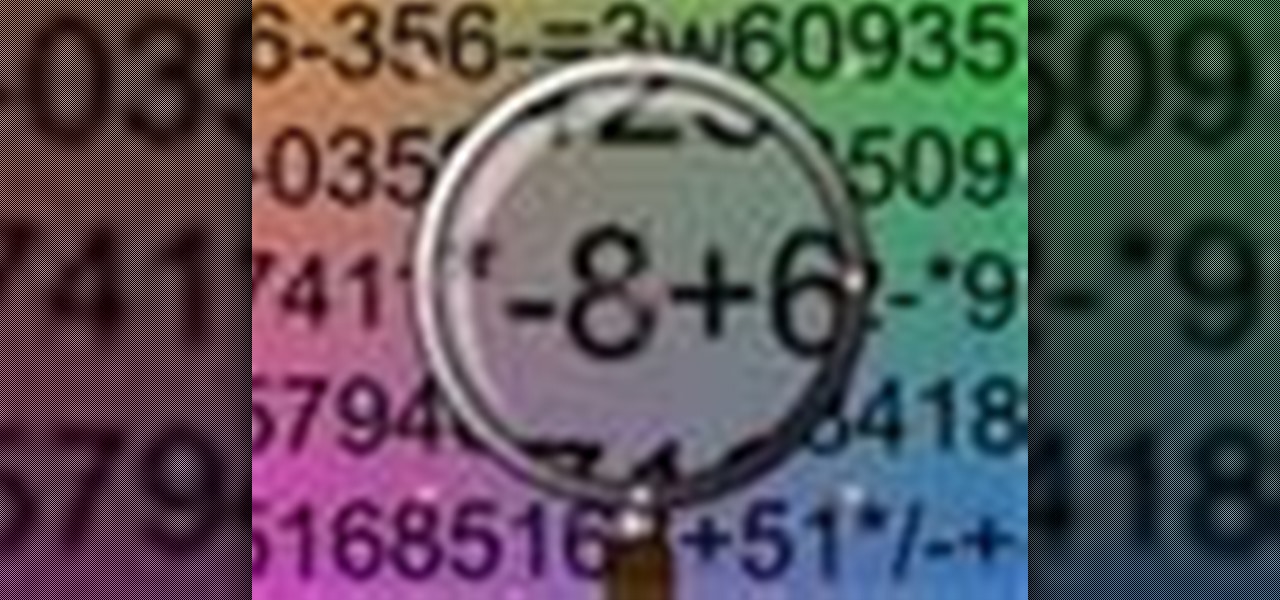
How To: Create a magnifying glass effect in After Effects
In this tutorial, Creative Cow leader Aharon Rabinowitz shows you a technique for creating a magnifying glass effect in After Effects. Create a magnifying glass effect in After Effects.

How To: Work with audio in After Effects
In this After Effects video tutorial, Creative Cow leader Aharon Rabinowitz shares helpful hints about working with audio, including avoiding a major pitfall, as well as better methods of timing video to an audio track. Work with audio in After Effects.

How To: Create a frozen time effect in After Effects
In this video tutorial, Andrew Kramer demonstrates how to create 'Time Freeze'. This effect is currently being used in 'Heros' and other popular TV shows. Learn about masking and time remapping. Create a frozen time effect in After Effects.

How To: Remove objects from footage using After Effects
In this video tutorial, Jerzy Drozda Jr (aka Maltaannon), will show you basic techniques for removing unwanted objects from your footage. The footage comes from the movie "Wywiad" so there is no project file.

How To: Create a Star Wars lightsaber in After Effects
This tutorial creates several authentic lightsaber effects. Kramer has created a simple technique to make sabers with a breeze. Create a Star Wars lightsaber in After Effects.

How To: Create 3D text in After Effects
In this video tutorial, animator Traylor Woodall demonstrates how to create 3D text or logos in Adobe After Effects without 3rd party plug-ins. Create 3D text in After Effects.

How To: Rotoscope in After Effects
In this video tutorial, compositor Pete O'Connell explains a few of the techniques he uses to rotoscope in After Effects. Not many people enjoy rotoscoping but it almost always needs to be done and is a good thing to know. Rotoscope in After Effects.

How To: Build and animate a CG snake in After Effects
In this video tutorial, Jerzy Drozda Jr demonstrates how to create a dynamic animation based on a 'chain rig'. You'll learn how to animate one layer using keyframes, expressions, or both, and make other layers follow the leading layer. The rest of this After Effects tutorial is about texturing and making the final look. Project files are included on the video link page. Build and animate a CG snake in After Effects.
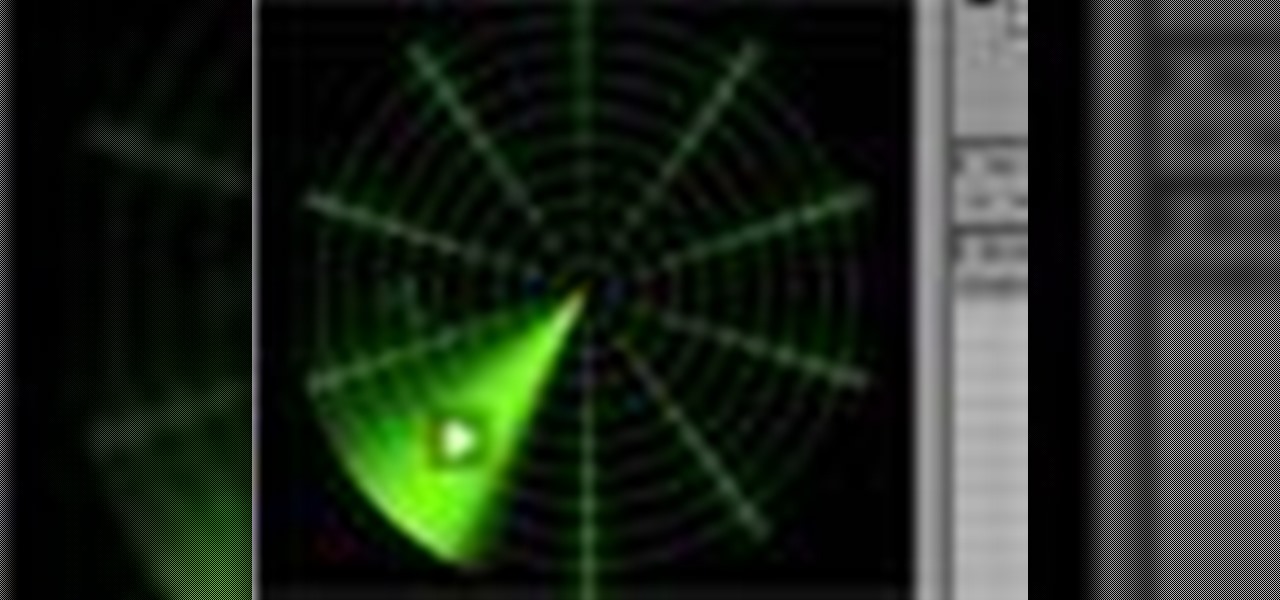
How To: Create a working radar screen in After Effects
In this After Effects tutorial, Jerzy Drozda Jr (aka Maltaannon) demonstrates how to create a radar that really works! You'll draw the radar, animate the target over it, and watch how the radar detects the object by itself, marks it on the grid and even makes a beeping sound. Create a working radar screen in After Effects.

How To: Turn day into night in After Effects
Andrew Kramer takes you through the set-up for creating a day to night effect in After Effects. These are some more advanced techniques so make sure you are familiar with the software basics. Turn day into night in After Effects.

How To: Add simulated light to a scene in After Effects
Andrew Cramer shows you how to simulate light in your After Effects scenes. The effect shown is good for any time you have a flash of light shown like lightning or clashing light sabers. Add simulated light to a scene in After Effects.

How To: Create ink splotches in After Effects
Andrew Kramer is going to show you how to create ink splotches or spatter in After Effects. This may be a bit tougher than just bringing in images of REAL splatter, but it is possible. Watch and see how! Create ink splotches in After Effects.

How To: Create a slideshow in After Effects
In this video tutorial, Creative Cow Leader Andrew Kramer shows you how create a slideshow in After Effects with some cool effects and timesaving methods. Create a slideshow in After Effects.

How To: Use HDR imagery and 32 bpc in After Effects
Andrew Kramer gives us a practical look at HDR Imagery and 32 bits per channel inside of After Effects 7.0. See how using 32 bits differs from using 8 or 16 bits and some tricks with HDR and motion blur. Use HDR imagery and 32 bpc in After Effects.
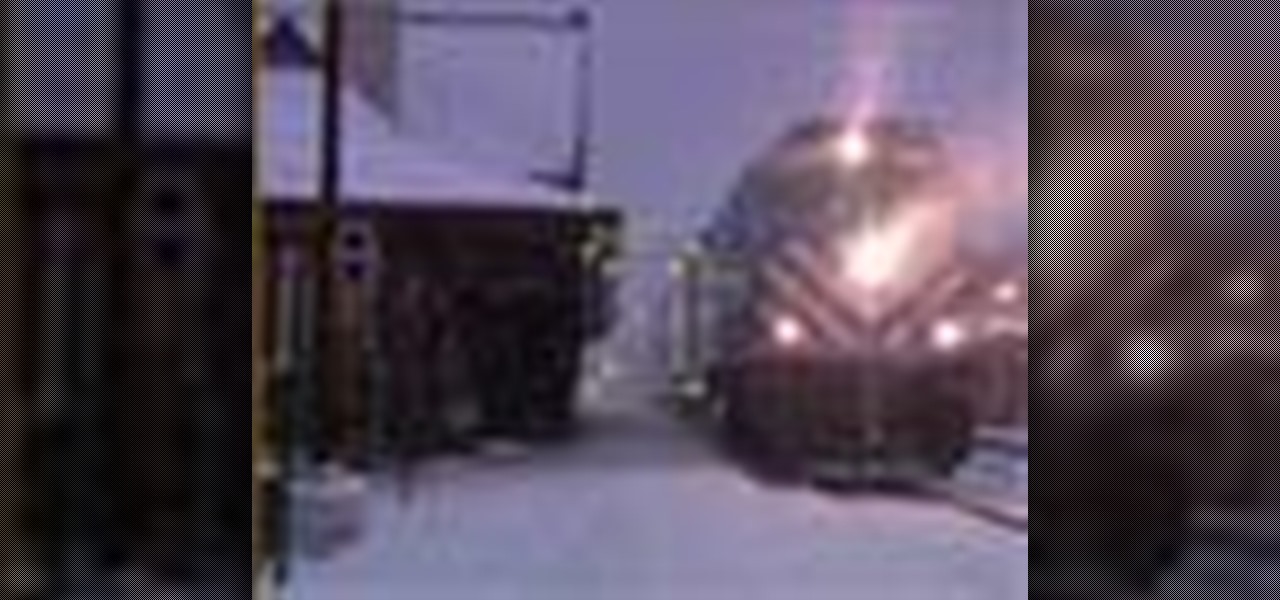
How To: Use proxies in After Effects
Andrew Kramer demonstrates how to create and use proxies inside of After Effects 7.0. Proxies are low resolution images or videos that you use to speed up work flow. This is very useful when working with HD footage and other large files. Use proxies in After Effects.
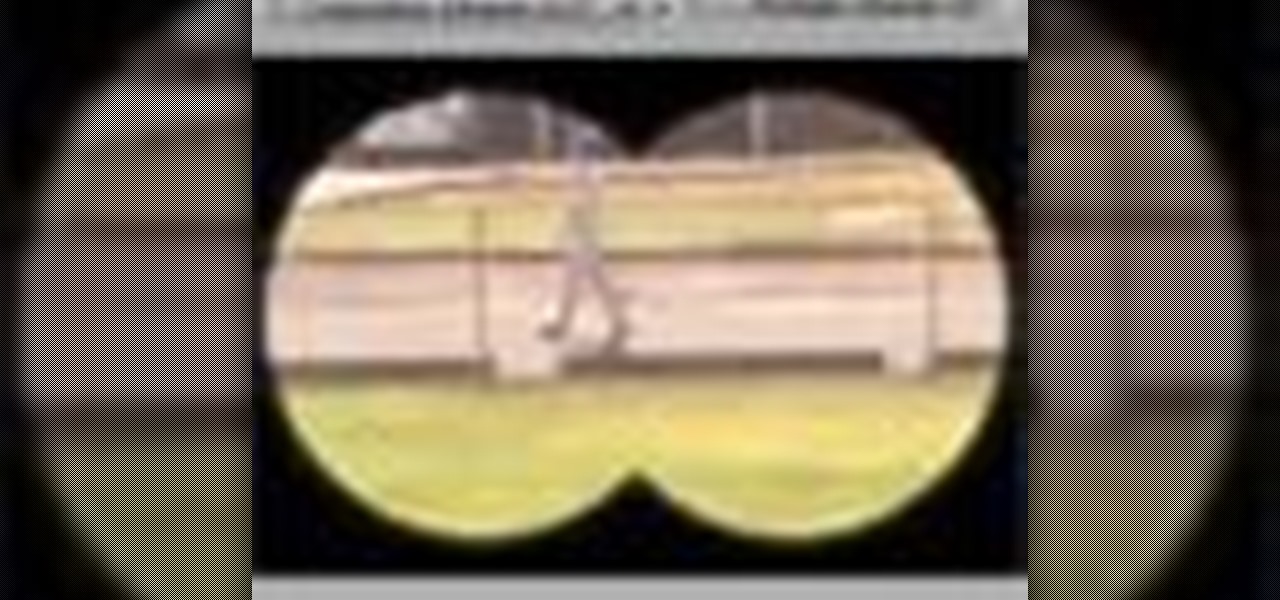
How To: Make a first-person binocular effect in After Effects
In this quirky tutorial you'll learn how to make it appear that a person is looking through a pair of binoculars or through a rifle scope using After Effects 7.0. Make a first-person binocular effect in After Effects.

How To: Simulate a flickering light using After Effects
This After Effects tutorial will show you how to create a flickering light effect. Hopefully you can take these ideas and apply them a little bit better than our teacher did. Simulate a flickering light using After Effects.

How To: Create a swarm of flies in After Effects
See how to create a swarm of flies using CC ParticleWorld in After Effects. Our teacher recommends using fly swarms over spoiled food or dead bodies. We're sure you'll find your own creative uses for flies. Create a swarm of flies in After Effects.

How To: Create an outward explosion in After Effects
This After Effects tutorial shows you how to create an outward explosion, useful if you want to blow out windows or doors. Also create cool glowing flame effects for added realism. Make sure you have or get some fire/explosion footage to use for your effect. Create an outward explosion in After Effects.
How To: Create a voyage tracking animation in After Effects
This After Effects tutorial shows you how to create a voyage tracking animation. This is the same thing you see when you're on an airplane and the screen shows you how far you've come and how far you have left to go. It's also a popular techinique used in movies to show where characters are travelling and the pasage of time. This is a very simple tutorial that's great for After Effects beginners. Create a voyage tracking animation in After Effects.

How To: Create a split screen in After Effects
This is a very basic split screen technique. It can be useful in many ways, and is very easy to master. See how to use it in this After Effects tutorial. The first example footage is dark so it's a bit hard to follow but the second example is much better and some good tips are given. Create a split screen in After Effects.

How To: Create a knife throw effect in After Effects
In this After Effects tutorial you'll learn how to make it look as if a knife is flying through the air towards someone, and almost hits them. If you want, feel free to make it hit them. Create a knife throw effect in After Effects.

How To: Color grade in After Effects
An important part of video editing is color grading. This After Effects tutorial will show some quick techniques to get a cool stylized film look on you videos using color grading (or color correcting). Play around with the colors!

How To: Shatter a mirror using After Effects
This After Effects tutorial shows you how to shatter a mirror or any other glass surface.

How To: Create gun muzzle flashes in After Effects
In this After Effects you'll learn how to make a muzzle flash. If you want, you can do his other tutorial to follow through with the mirror smashing, but it's not necessary.

How To: Create a volume meter in After Effects
After watching this tutorial you will learn how to make your Volume Meter more dynamic by reacting to sound playing in the background while keeping total control over its sensitivity. The key to doing this is by using expressions in After Effects. You might have seen similar tutorials on the net, but this one takes this subject a step further and because of that, it's worth watching. Create a volume meter in After Effects.

How To: Create a "running lights" effect in After Effects
This tutorial shows you how to make a vegas style sign where lightbulbs turn on and off in sequence around the outside of a shape. Using simple photoshop files, create an animated billboard of a T. Create a "running lights" effect in After Effects.

How To: Turn day footage into night in After Effects
Turn your bright daytime footage into a look that seems as though it was shot at night. This common technique known as day for night was done on many low budget films in the 60's and 70's. Turn day footage into night in After Effects.

How To: Convert frame rates in After Effects
Learn how to convert between 60i fps to 24P fps footage. This technique will also work for PAL to NTSC. This is not sexy, but very needed for the everyday conversions. Convert frame rates in After Effects.

How To: Make elements grow in After Effects
Jayse Hansen demonstrates how to create graphic elements that will grow in After Effects. Now we have a step by step tutorial. More experienced users are welcome to skip around using the included menu. Using simple masking techniques doesn't always do the trick, this in depth tutorial gives you some better techniques. Make elements grow in After Effects.

How To: Animate the camera with expressions in After Effects
Animating a Camera: Tracking to a Null Object. Rick Gerard presents a five minute tutorial movie as the first in a series that teaches basic After Effects Camera animation. In this first example you'll learn how to simplify animating a camera over a still image and how to control where the camera is looking by tracking the movement of a null with a simple expression. Animate the camera with expressions in After Effects.
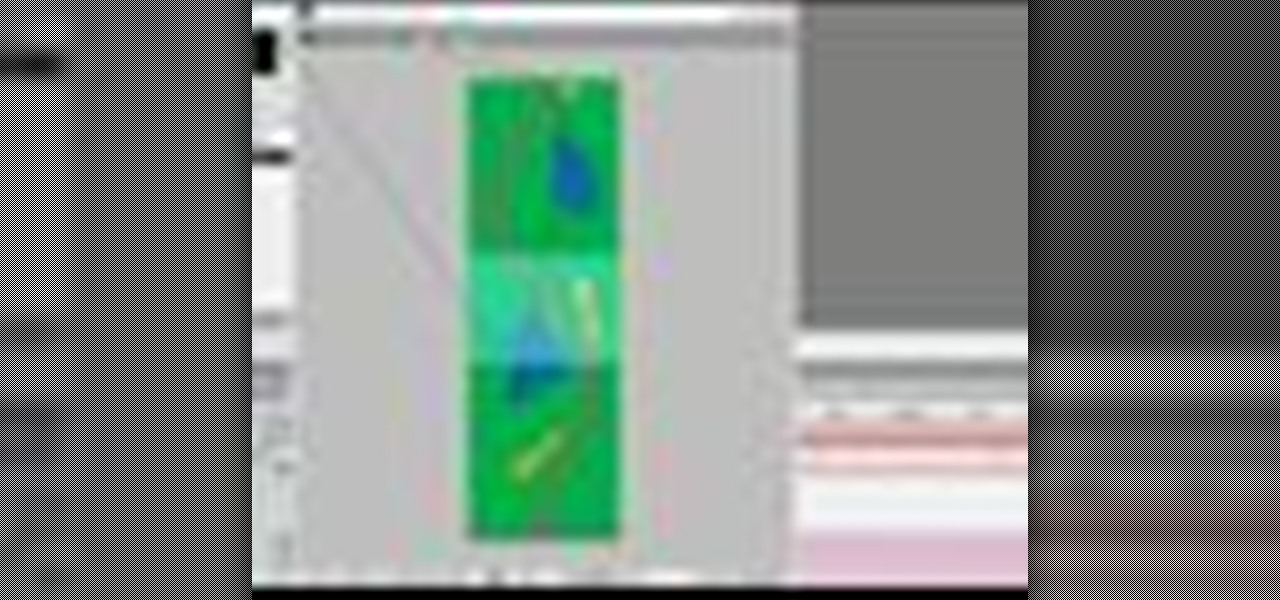
How To: Control the camera point of interest in After Effects
Expressing the camera: animating along a path. Rick Gerard presents a five minute tutorial movie as the second in a series that teaches basic After Effects Camera animation. In this example you'll learn how to simplify animating a camera over a still image and how to orient the camera along a path using expressions to gain complete control. Control the camera point of interest in After Effects.

How To: Create a flipbook effect in After Effects
Learn how to use the page turn effect and apply it to an entire sequence or piece of footage to create a flipbook animation in After Effects. Create a flipbook effect in After Effects.

How To: Create lightsaber effects in After Effects
For all you Star Wars fans, or George Lucas wannabe's, you can finally learn how to add lightsabers to all your movies. Watch this tutorial on creating lightsaber effects in After Effects and see how it's done.



